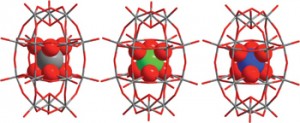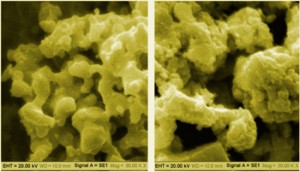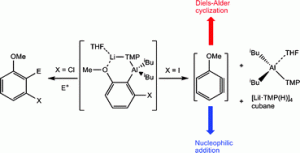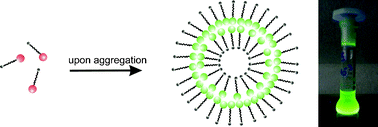We are pleased to announce an upcoming themed issue on Frustrated Lewis Pairs, guest edited by Doug Stephan. It is our pleasure to invite you to contribute to this themed issue.
 The concept of Frustrated Lewis Pairs (FLPs) was formulated in 2006/2007. Since then, an explosive array of creative applications in stoichiometric and catalytic reactivity have been developed based on this simple concept. Activation of a variety of small molecules has garnered much interest and utility in fields including metal-free hydrogenations, green-house gas chemistry, hydrogen storage and organic synthesis have also emerged. A number of these systems have prompted insightful computational studies targeting a deeper understanding of this novel reactivity. Moreover the notion of FLPs has broadened well beyond the initial phosphine/borane systems, with extensions to a variety of main group and transition metal systems as well as organic reagents. This themed issue aims to grasp the current momentum in FLP chemistry and hopes to bring together contributions from experts across the field.
The concept of Frustrated Lewis Pairs (FLPs) was formulated in 2006/2007. Since then, an explosive array of creative applications in stoichiometric and catalytic reactivity have been developed based on this simple concept. Activation of a variety of small molecules has garnered much interest and utility in fields including metal-free hydrogenations, green-house gas chemistry, hydrogen storage and organic synthesis have also emerged. A number of these systems have prompted insightful computational studies targeting a deeper understanding of this novel reactivity. Moreover the notion of FLPs has broadened well beyond the initial phosphine/borane systems, with extensions to a variety of main group and transition metal systems as well as organic reagents. This themed issue aims to grasp the current momentum in FLP chemistry and hopes to bring together contributions from experts across the field.
How to submit? All types of manuscript, Communications, Full Papers and Perspectives, will be considered for publication. We aim to publish this themed issue in summer 2012 and therefore would like to receive manuscripts by 16th February 2012. The manuscript should be prepared according to the format for regular articles and should be submitted via our online system. All invited manuscripts will be subjected to the normal refereeing procedure.
Deadline for Submission: 16th February 2012.
Please indicate on submission that your manuscript is intended for this themed issue and direct any questions to the Dalton Transactions Editorial Office.
You might also be interested to read some recent research on FLPs:
Perspective: Organometallic frustrated Lewis pair chemistry 
Gerhard Erker
Dalton Trans., 2011, 40, 7475-7483 DOI: 10.1039/C1DT10152H
Hot Article: Chloro- and phenoxy-phosphines in frustrated Lewis pair additions to alkynes
Christopher B. Caputo, Stephen J. Geier, Eva Y. Ouyang, Christoph Kreitner and Douglas W. Stephan
Dalton Trans., 2011, DOI: 10.1039/C1DT11196E
Reactivity of Lewis pairs (R2PCH2AlMe2)2 with carbon dioxide
Josée Boudreau, Marc-André Courtemanche and Frédéric-Georges Fontaine
Chem. Commun., 2011, 47, 11131-11133 DOI: 10.1039/C1CC14641F
Perspective: Frustrated Lewis pairs: a new strategy to small molecule activation and hydrogenation catalysis
Douglas W. Stephan
Dalton Trans., 2009, 3129-3136 DOI: 10.1039/B819621D
 The authors of this Dalton Transactions Hot Article show that gold(III) has two roles in reactions between gold(III) and porphyrins. The gold coordinates with porphyrins to make new complexes and can act as an effective catalyst in C-H activation which can be tuned through changing the anions, ligands and oxidants. Why not download the article now for free until the end of Feb to find out more……
The authors of this Dalton Transactions Hot Article show that gold(III) has two roles in reactions between gold(III) and porphyrins. The gold coordinates with porphyrins to make new complexes and can act as an effective catalyst in C-H activation which can be tuned through changing the anions, ligands and oxidants. Why not download the article now for free until the end of Feb to find out more……












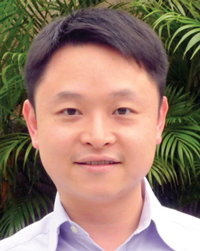
 K
K 
